Heart, Vascular & Thoracic Institute (Miller Family) Outcomes
Pericardial Disease
Pericardial Disease
Pericardial Disease: Patient Volume
2020 – 2023
Pericardial disease includes a group of conditions that affect the pericardium — the double-layered sac that surrounds the heart. Cleveland Clinic's Center for the Diagnosis and Treatment of Pericardial Disease serves patients with a variety of pericardial syndromes.
Cleveland Clinic physicians manage the care of a large volume of patients with pericardial disease. In 2023, a total of 3048 patients, including 573 new patients, were seen in the center. The multispecialty approach used at Cleveland Clinic involves cardiologists, cardiac surgeons, imaging specialists, and rheumatologists. This method of care provides each patient with a plan of care that involves enhanced collaboration.
Source: EPIC
Pericardial Outpatient Clinic: Volume of New Consult Patients, by Diagnosis
2023, N = 573
Cleveland Clinic treats patients with all types of pericardial disease. In 2023, a total of 316 (55.14%) new patients seen in the pericardial outpatient clinic had acute, recurrent, chronic, or constrictive pericarditis.
Source: EPIC
Pericardial Outpatient Clinic: Volume of New Consult Patients, Causes of Pericarditis
2023, N = 573
There are various causes of pericarditis. The condition is often idiopathic or related to a virus. In 2023, a total of 302 (52.7%) new patients at Cleveland Clinic had idiopathic or viral pericarditis.
Source: Pericardial registry
ᵃ Pericardial Injury includes: postcardiac surgery, catheter ablation, coronary artery stent, cardiac electronic device placement, or trauma
ᵇ Other includes: bacterial, effusion, malignancy, or unclear cause of pericarditis
Pericardial Procedures: Volume and Type
2023, N = 305
The majority of pericardial procedures performed at Cleveland Clinic in 2023 were pericardial window procedures. This treatment is used to drain large pericardial effusions using an echo-guided approach. The echocardiography used during the procedure improves outcomes.
Source: Pericardial registry
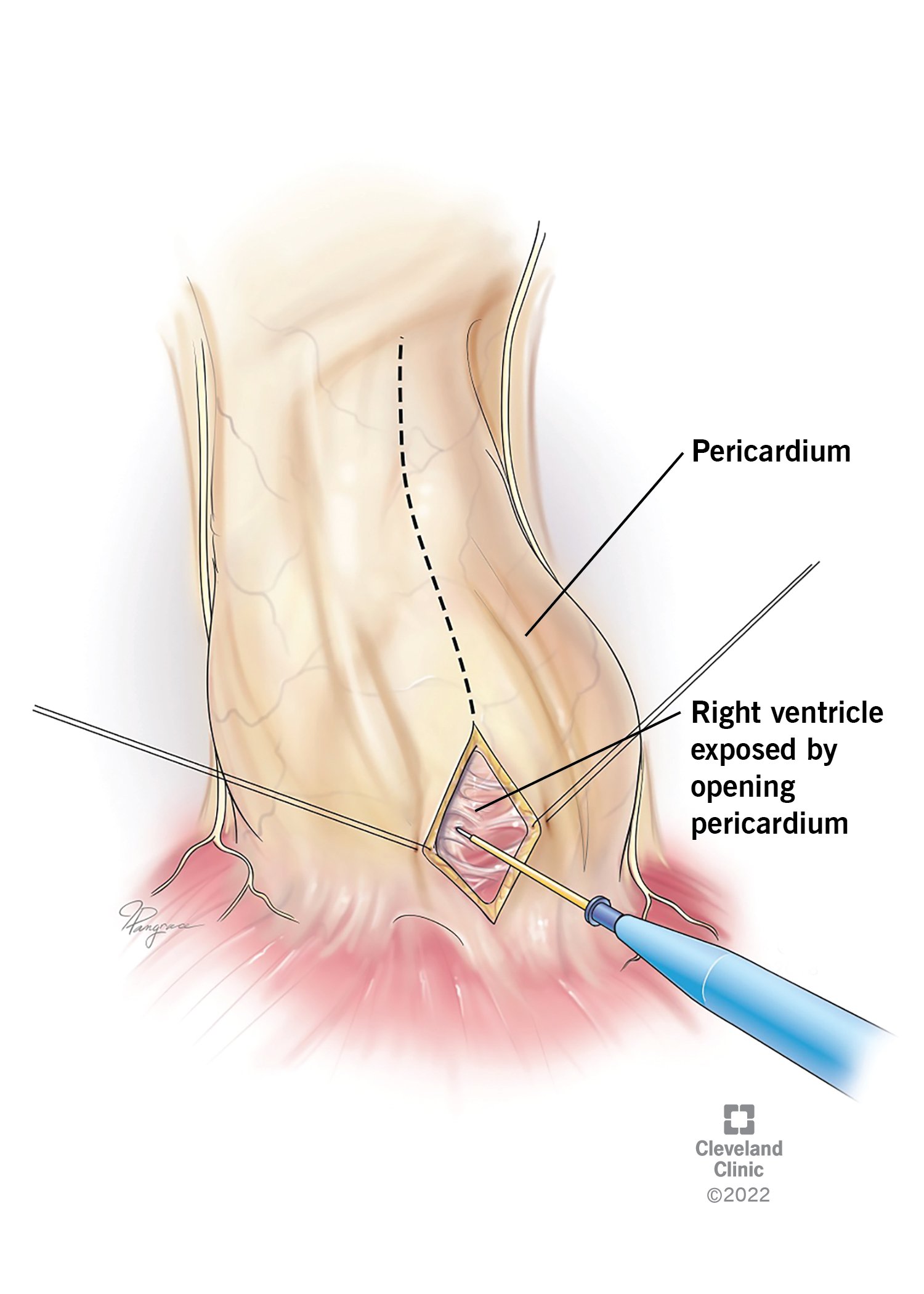
Fig. 1 The pericardium is divided above the right ventricle. (Reprinted with permission, Cleveland Clinic Center for Medical Art & Photography ©2022. All Rights Reserved.)
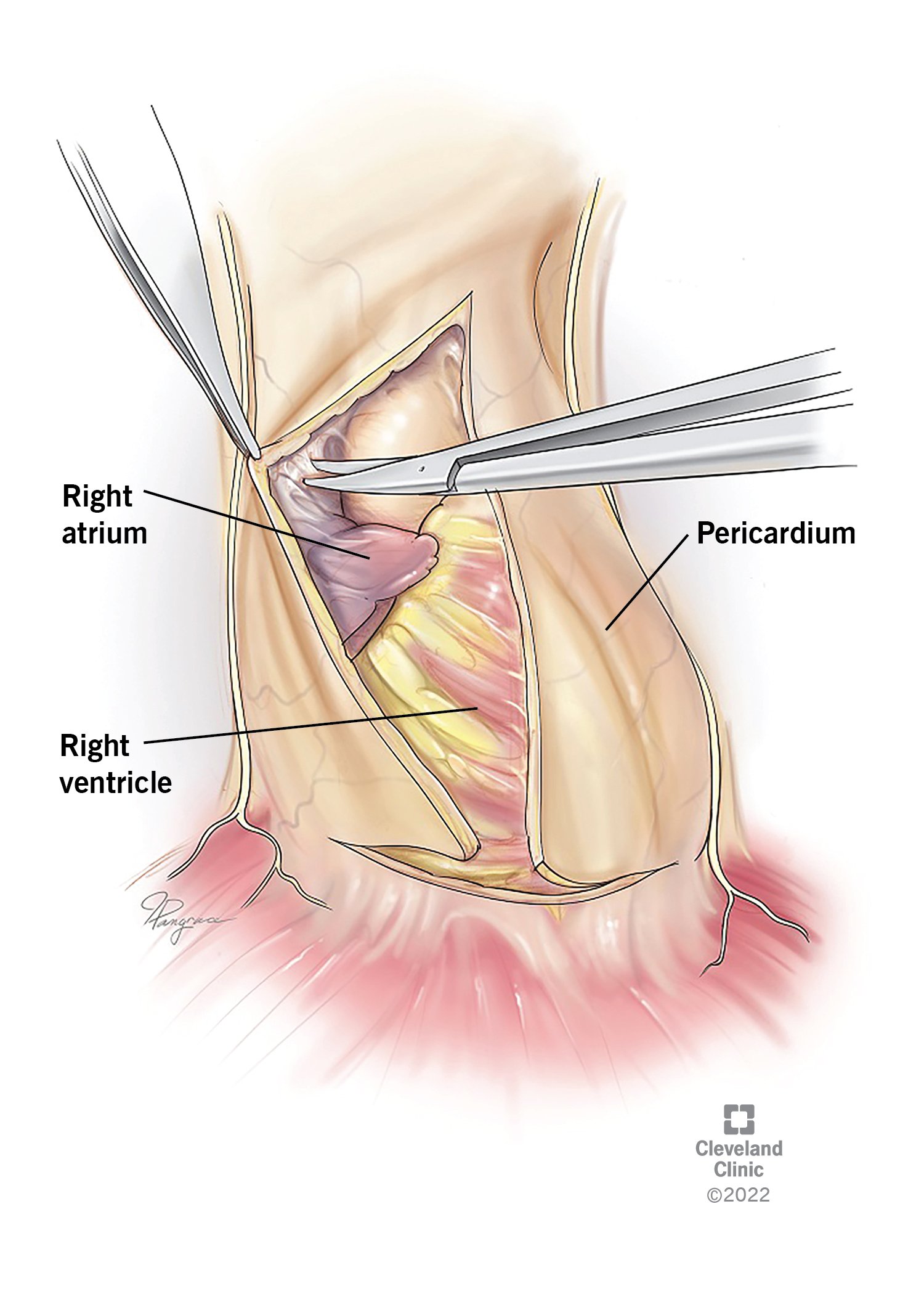
Fig. 2 The aorta and right side of the heart is dissected. (Reprinted with permission, Cleveland Clinic Center for Medical Art & Photography © 2022. All Rights Reserved.)
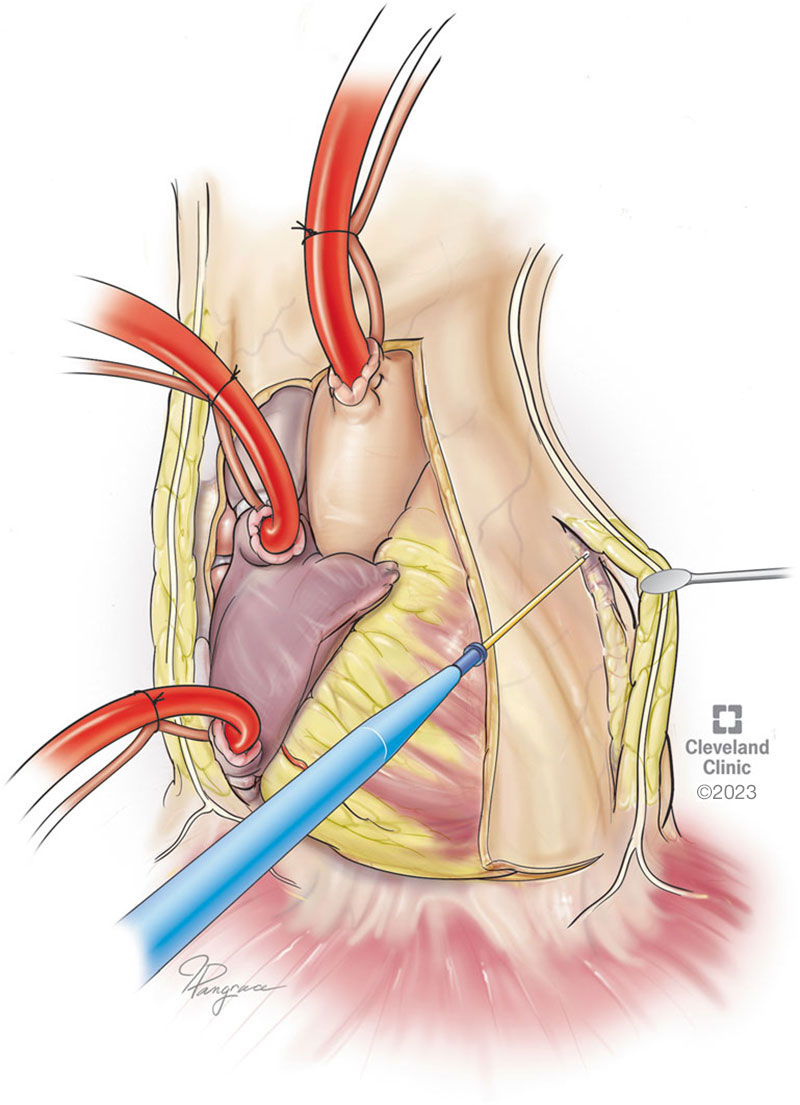
Fig. 3 After initiating cardiopulmonary bypass, the right and left phrenic nerve is dissected as a fat pedicle. (Reprinted with permission, Cleveland Clinic Center for Medical Art & Photography ©2022. All Rights Reserved.)
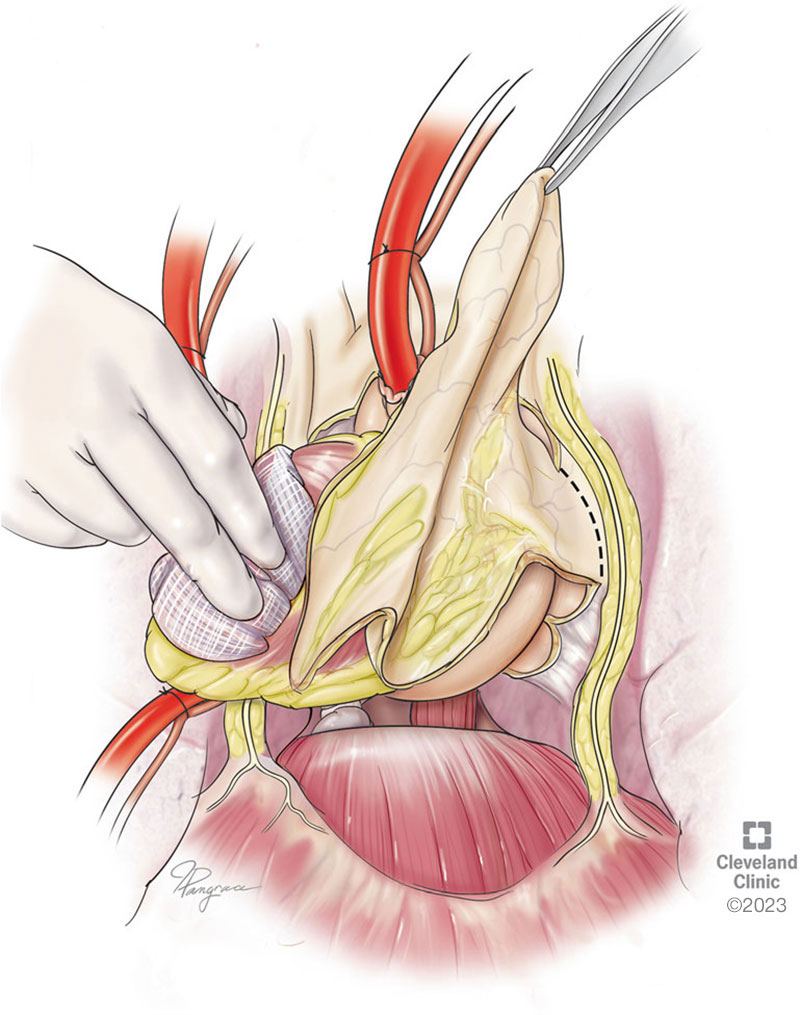
Fig. 4 The diaphragmatic portion and the posterior pericardium are removed. (Reprinted with permission, Cleveland Clinic Center for Medical Art & Photography © 2022. All Rights Reserved.)
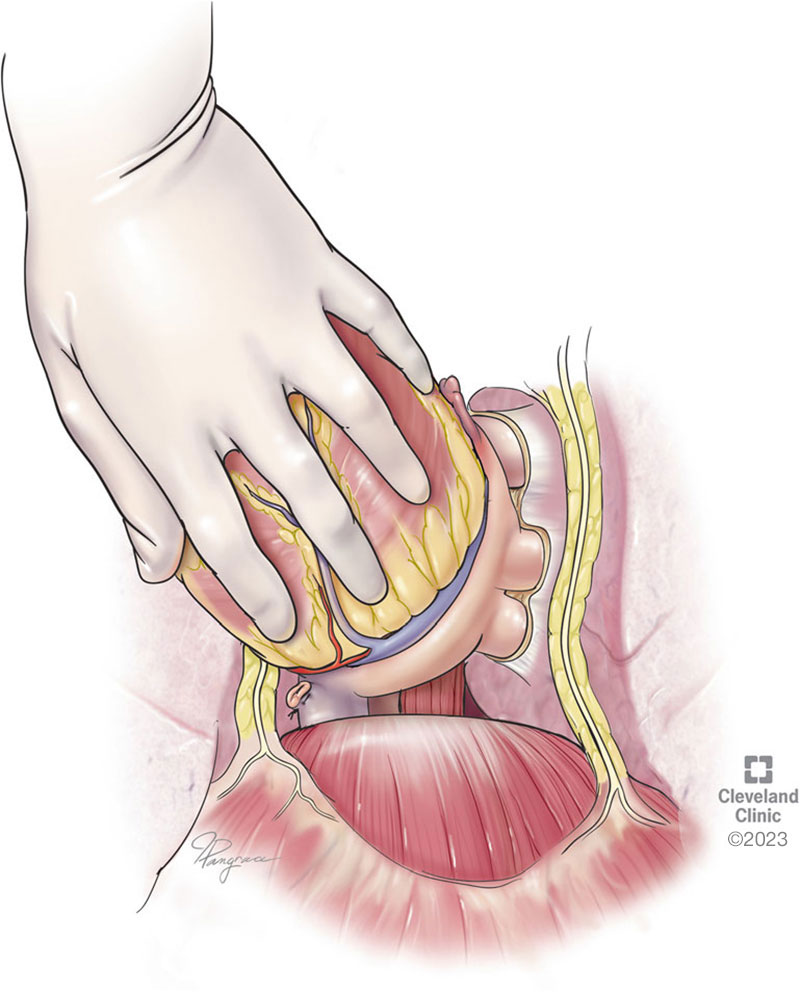
Fig. 5 Completed pericardiectomy. (Reprinted with permission, Cleveland Clinic Center for Medical Art & Photography © 2022. All Rights Reserved.)

New Paradigm Shift in Management of Recurrent Pericarditis
Summary of the landmark trials of medications used for pericarditis. The decision to treat, escalate, taper, or stop therapy depends on the extent of inflammation. Clinical experience, advanced cardiac imaging, and use of the latest evidence results in this updated algorithm for the management of pericarditis.
Reference: Kumar S, Khubber S, Reyaldeen R, et al. Advances in Imaging and Targeted Therapies for Recurrent Pericarditis: A Review. JAMA Cardiol. 2022;7(9):975–985. doi:10.1001/jamacardio.2022.2584
